The name of Zeynab Pasha is intertwined with revolution and Iran’s labor movement. In the 1890s, during an upheaval sparked by food prices and as the Iranian government was threatening reprisals against merchants for closing the Tabriz bazaar, Zeynab went there to block attempts to break the strike and to drive Cossack forces away.
Zeynab emerged into public life from the closed society of the Qajar dynasty and became a leader in Iran’s 1890 Tobacco Protest and later the 1905 Constitutional Revolution.
There is little information about her childhood and teenage years. All we know about this militant woman is that she was born in the Amu Zeynedin district of Tabriz. Her father, Sheikh Salman, was a poor farmer who owned no land of his own, like many other villagers. Sheikh Salman worked on other people's land and had a hard life. Zeynab only comes into public view during the Tobacco Protests – a revolt against a tobacco concession granted by the Qajar king Nasir al-Din Shah to Britain.
Wishing to travel abroad but faced with an empty treasury, Naser al-Din Shah was forced to borrow funds and grant trade concessions to foreign companies in return.
Tobacco was, at the time, one of Iran’s most important agricultural and commercial products, and many earned their livelihoods from its cultivation and sale. But in granting the concession to a British company, Tobacco Régie, this source of revenue was suddenly denied to the Iranian people. This led to protests against the concession that soon spread to major cities in Iran.
The protest reached a peak when a political activist, Seyed Jamaleddin Asadabadi, called on Ayatollah Mirza Hasan Shirazi, who was the religious source of emulation for numerous Iranians and lived in the holy Iraqi city of Najaf, to issue a fatwa addressing the matter. Ayatollah Shirazi’s religious edict called on his followers to boycott tobacco. Hookahs (water pipes) were smashed and smokers stopped smoking.
People in Tabriz – Iran’s second city, and the seat of Iran’s Crown Prince, Mozaffar ad-Din Mirza – joined the protests. Sheikh Javad Mojtahed invited Tabriz residents to close their bazaar in solidarity with Tehran’s merchants who had already taken the same action.
With threats as well as promises of rewards, soldiers of the Crown Prince tried to force the bazaar to reopen. Merchant representatives were told that, if they did not reopen, the 100-year-old bazaar would be demolished. Swayed by the threats, some shopkeepers decided to reopen but crossing of the picket line was rejected by a group of protestors, including Zeynab Pasha.
The Zeynab Pasha Army
Zeynab had heard about the fatwa and reached the conclusion that she should not allow the reopening of the bazaar. In less than half a day, she mobilized a large group of women in Tabriz and, after arming some of them, led them to the market.
Iran had never before seen such a large gathering of women. Some had removed their head-coverings, some held their children in their arms or holding their hands.
According to certain sources, 3,000 armed women accompanied Zeynab, who spoke for the group. A poet of that time, Mirza Farrokh, described the rebellion in a 22-verse poem in Turkish. He wrote: "On that day, I [Farrokh Mirza] did not dare to leave home from fear."
Officials repeatedly tried to reopen the bazaar, but Zeynab and her followers flooded it with weapons, stones and batons. A series of clashes continued until it was announced that Naser al-Din Shah had canceled the tobacco concession and Mirza Hasan Shirazi annulled his fatwa.
In his book Azerbaijan's Rebellion, Karim Taherzadeh Behzad recounts the episode and Zeynab Pasha's activities. He named her and her companions the “Zeynab Pasha Army.” But only a handful of these women’s names are known: Yuzbashi Khavar, Nayeb Kolsum, Fatemeh Nesa, Atli Shah Bebim and Soltan Beygom.
Original sources suggest that Zeynab Pasha was a robust woman who, unlike her contemporaries, never wore a black veil over her face. She tied her chador around her waist and always carried a baton made of nails and metal. She maintained her activist group after the Tobacco Protest, rebelling once more in 1896, in Naser al-Din Shah's final year of reign. Her second rebellion was against those Iranians (especially officials) who hoarded flour to artificially inflate bread prices in the winter.
Western Iran saw a famine as these profiteers were hoarding wheat. There were long queues in front of bakeries and bread was hard to find. When it could be found, it was expensive. But the hoarding of wheat was almost an official activity; from the Crown Prince, the ruler of Tabriz, to commissaries and clerics in Tabriz, everyone had a hand in the practice.
Zeynab Pasha swung back into action and came to Tabriz with her companions. The group forced open the doors of the wheat storehouses. Government forces were called in and ordered to suppress the rebellion. Five women and a seyed, meaning a descendant of the Prophet Mohammad, were killed. A number of protesting clerics then joined the women’s uprising, taking refuge in the Russian consulate. Demonstrations continued into the next day when three women and several others were injured. An uprising for fair food prices turned into a denunciation of the Qajar monarchy itself. The government, meanwhile, retreated and retreated again.
Zeynab Pasha and her companions continued to attend people’s gatherings after the second rebellion where they called on men to fight against oppression. Her fiery and provocative speeches have been recorded for posterity. The book Women in the Constitutional Revolution says: “Zeynab went to public gatherings where, addressing men, she would say, ‘If you do not dare to retaliate against the oppressors, if you are scared to cut off the hands of looters and thieves of your property, wives, honor and homeland, then put on a chador, sit in the corner of the house and leave the fight to us women.’"
Little is known of Zeynab Pasha's later life – just as with her earliest days. But it is thought that, together with a group of her companions, she undertook a pilgrimage to Karbala, a holy Shia city in Iraq. But in Khanaqin, in Iraq, which was at the time controlled by the Ottoman Empire, police mistreated the pilgrims. Zeynab Pasha – who never surrendered to oppression – was so offended that she attacked the officers in protest.
Zeynab Pasha vanishes into history after this last act of rebellion against the injustice of men – she may even have died during this journey. We don’t even know if her body returned to Tabriz, or to her birthplace in Amu Zeynedin, or whether it was buried far away in Karbala.
visit the accountability section
In this section of Iran Wire, you can contact the officials and launch your campaign for various problems










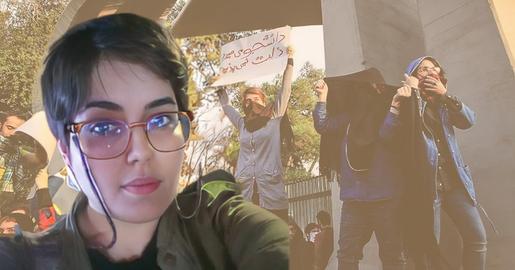





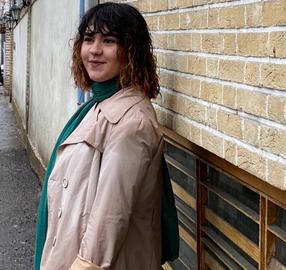
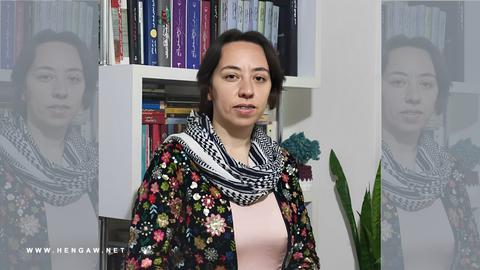


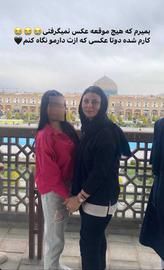

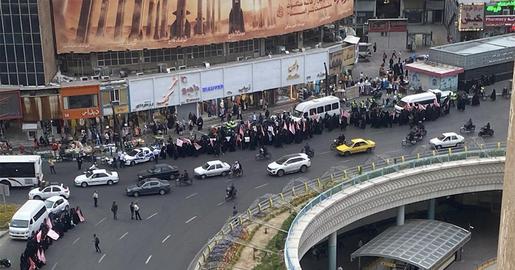
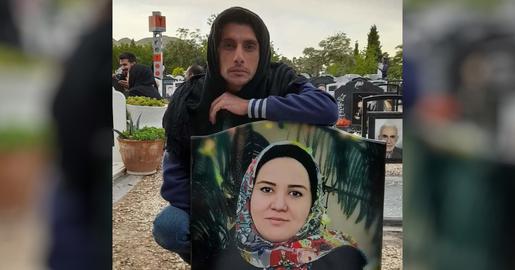
comments